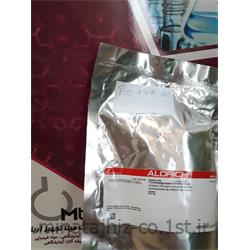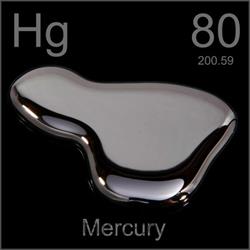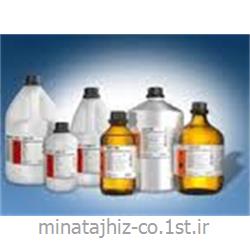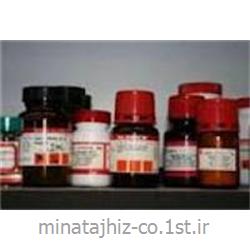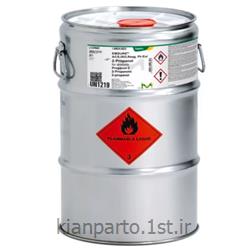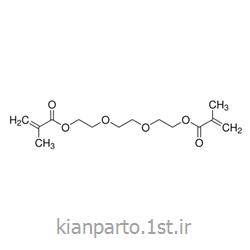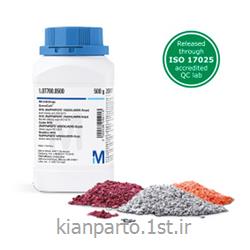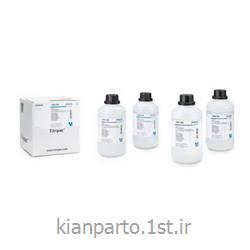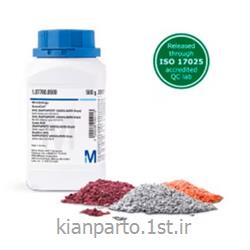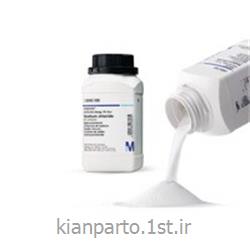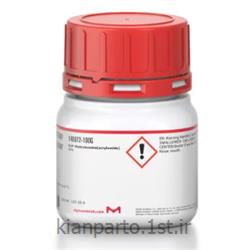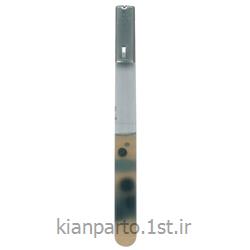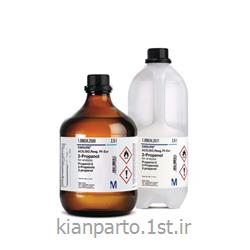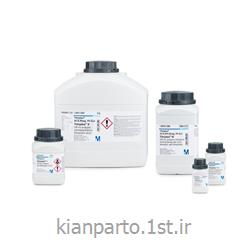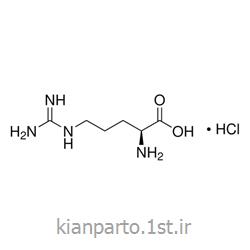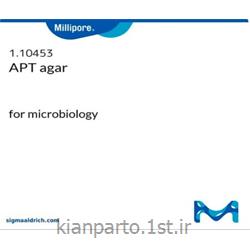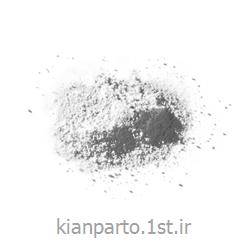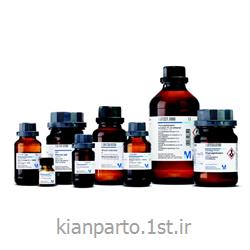| Description | |
|---|---|
| Catalogue Number | 800826 |
| Synonyms | Acrylic acid chloride |
| Product Information | |
|---|---|
| CAS number | 814-68-6 |
| EC number | 212-399-0 |
| Hill Formula | C₃H₃ClO |
| Chemical formula | CH₂=CHCOCl |
| Molar Mass | 90.5 g/mol |
| HS Code | 2916 19 95 |
| Structure formula Image | |
| Applications | |
|---|---|
| Application | Acryloyl chloride (stabilised with phenothiazine) for synthesis. CAS No. 814-68-6, EC Number 212-399-0. |
| Physicochemical Information | |
|---|---|
| Boiling point | 74 - 76 °C (1013 hPa) |
| Density | 1.113 - 1.119 g/cm3 (20 °C) |
| Flash point | -4 °C |
| Vapor pressure | 106.6 hPa (20 °C) |
| Safety Information according to GHS | |
|---|---|
| Hazard Pictogram(s) |     |
| Hazard Statement(s) | H225: Highly flammable liquid and vapour. H290: May be corrosive to metals. H302 + H312: Harmful if swallowed or in contact with skin. H314: Causes severe skin burns and eye damage. H330: Fatal if inhaled. H400: Very toxic to aquatic life. EUH014: Reacts violently with water. |
| Precautionary Statement(s) | P210: Keep away from heat, hot surfaces, sparks, open flames and other ignition sources. No smoking. P240: Ground/bond container and receiving equipment. P273: Avoid release to the environment. P280: Wear protective gloves/ protective clothing/ eye protection/ face protection. P301 + P330 + P331: IF SWALLOWED: Rinse mouth. Do NOT induce vomiting. P302 + P352: IF ON SKIN: Wash with plenty of soap and water. P304 + P340: IF INHALED: Remove victim to fresh air and keep at rest in a position comfortable for breathing. P305 + P351 + P338: IF IN EYES: Rinse cautiously with water for several minutes. Remove contact lenses, if present and easy to do. Continue rinsing. P308 + P310: IF exposed or concerned: immediately call a POISON CENTER or doctor/ physician. P403 + P233: Store in a well-ventilated place. Keep container tightly closed. |
| Signal Word | Danger |
| Storage class | 3 Flammable liquids |
| WGK | WGK 2 water endangering |
| Disposal | 11 Organic acid halides, anhydrides and isocyanates can be added dropwise to an excess of methanol (Cat. No. 822283) to convert them into the corresponding methyl esters or methyl carbamates. If necessary, neutralize with sodium hydroxide solution (Cat. No. 105587). Fill into container A. |
| Safety Information | |
|---|---|
| Hazard Symbols |  Very toxic Very toxic Flammable Flammable Dangerous for the environment Dangerous for the environment |
| Categories of danger | highly flammable, very toxic, corrosive, dangerous for the environment |
| R Phrase | R 11-14-21/22-26-35-50 Highly flammable.Reacts violently with water.Harmful in contact with skin and if swallowed.Very toxic by inhalation.Causes severe burns.Very toxic to aquatic organisms. |
| S Phrase | S 26-36/37/39-45-61 In case of contact with eyes, rinse immediately with plenty of water and seek medical advice.Wear suitable protective clothing, gloves and eye/face protection.In case of accident or if you feel unwell, seek medical advice immediately (show the label where possible).Avoid release to the environment. Refer to special instructions/ Safety data sheets. |
| Storage and Shipping Information | |
|---|---|
| Storage | Store at +2°C to +8°C. |
| Transport Information | |
|---|---|
| Declaration (railroad and road) ADR, RID | UN 3488 , 6.1 (3, 8), I |
| Declaration (transport by air) IATA-DGR | UN 3488 , 6.1 (3, 8), |
| Declaration (transport by sea) IMDG-Code | UN 3488 , 6.1 (3, 8), I, Segregation Group: 1 (Acids) |
| Specifications | |
|---|---|
| Assay (GC, area%) | ≥ 96.0 % (a/a) |
| Density (d 20 °C/ 4 °C) | 1.113 - 1.119 |
| Identity (IR) | passes test |
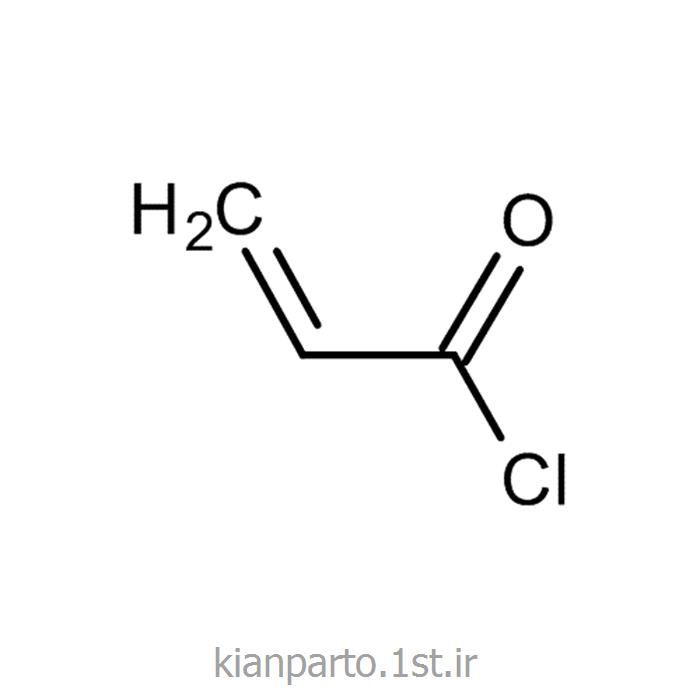




 سفارش آنلاین
سفارش آنلاین

 ضمانت سلامت فیزیکی
ضمانت سلامت فیزیکی ضمانت اصالت کالا
ضمانت اصالت کالا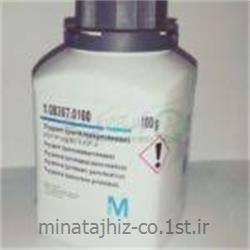


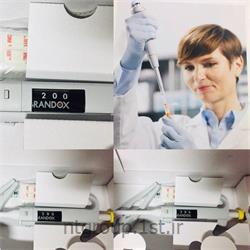

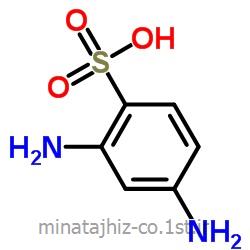

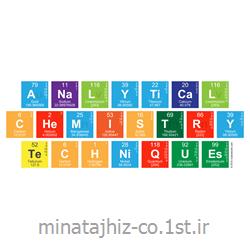
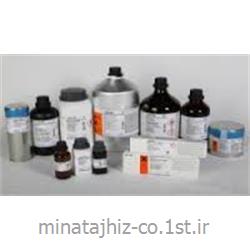
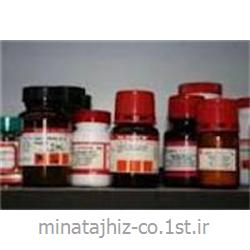
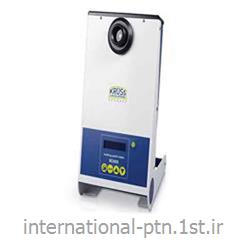

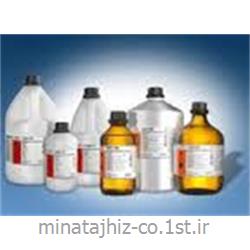

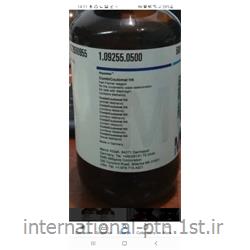
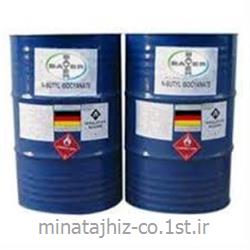
-99-%d8%af%d8%b1%d8%b5%d8%af-%d9%85%d8%b1%da%a9.jpg)
-%d9%85%d8%b1%da%a9-Palladium(II)-chloride.jpg)
